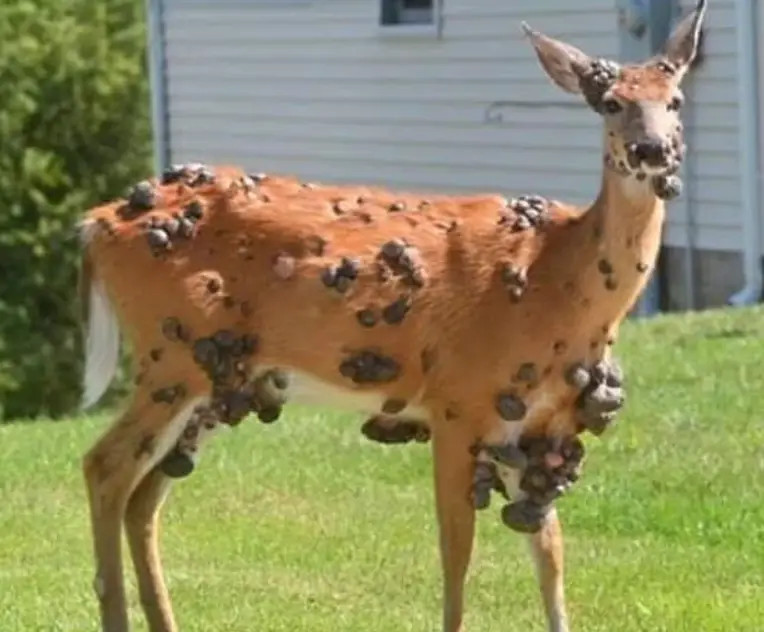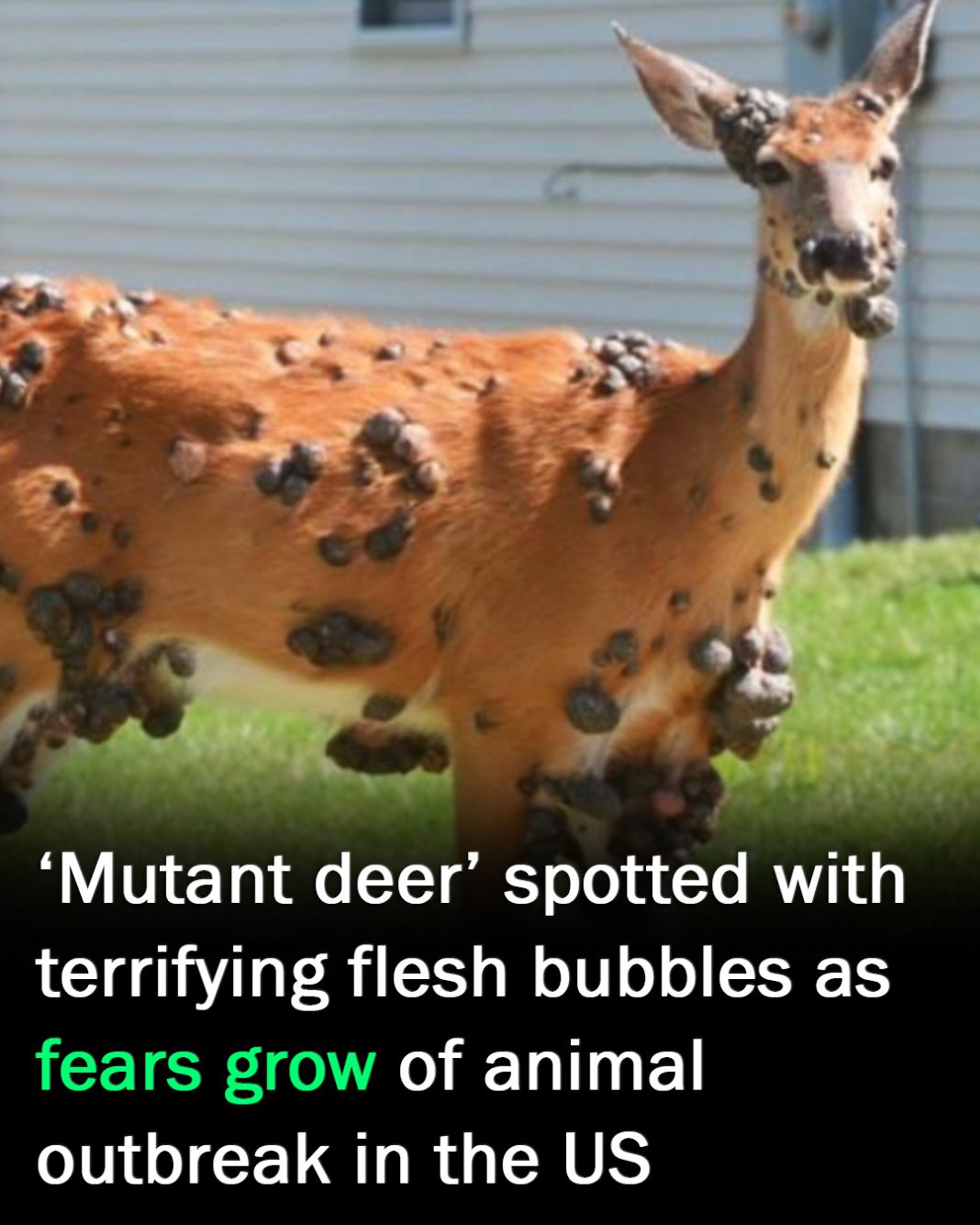The Mysterious Rise of Deer Cutaneous Fibroma in North America
In recent months, an unsettling phenomenon has captured the attention of wildlife enthusiasts and the general public alike. Reports have emerged of deer exhibiting peculiar tumor-like growths on their bodies, especially in states such as New York, Pennsylvania, and Wisconsin. The increasing frequency of these unusual sightings has sparked concerns and discussions, particularly on social media platforms where users share images and experiences of affected deer. One Reddit user succinctly encapsulated the bewilderment surrounding this issue by asking, “What is the growth? Is it a mole? A boil? An injury?” Such inquiries are emblematic of the confusion and concern that has arisen in response to these growths.

Wildlife officials have identified these abnormal growths as a viral condition known as deer cutaneous fibroma, commonly referred to as deer warts. This condition arises from a virus that is transmitted among deer populations across the United States. The disease manifests as fibromas—fleshy tumors that can appear on various parts of the deer’s body, including the neck, head, and legs. According to Matt Harbin, a representative from the Washington Department of Fish and Wildlife (WDFW), while these growths may appear alarming to observers, they generally do not inflict pain on the affected animals, allowing them to continue their daily activities without significant distress.

The mode of transmission of the deer cutaneous fibroma virus raises particular concerns for both wildlife and ecosystem health. Primarily, it spreads through vectors such as mosquitoes and ticks, which can carry the blood of infected deer to healthy ones nearby. Additionally, the virus can be contracted through direct contact with contaminated surfaces or by rubbing against another infected deer. This method of transmission underscores the potential for outbreaks, especially in areas where deer congregate or where their habitats overlap with human activity. As deer populations are often dense in certain regions, the likelihood of interaction between infected and uninfected individuals is significant, suggesting the need for ongoing monitoring and research.

Interestingly, the deer cutaneous fibroma virus belongs to a broader family known as papillomaviruses, which are known to affect various species, including humans. This connection between wildlife and human health prompts critical questions regarding the broader implications of such viruses. Dr. Omer Awan from the University of Maryland School of Medicine has cautioned that climate change could exacerbate the spread of various diseases, including deer cutaneous fibroma. He pointed out the emergence of diseases like Lyme disease in regions where they were previously rare, serving as a stark reminder that environmental changes can significantly influence disease dynamics and distribution.

While the fibromas associated with this viral condition do not typically cause immediate distress to deer, they can obstruct the animals’ abilities to see, eat, and walk properly, potentially impacting their overall health and survival. Fortunately, anecdotal evidence suggests that these growths often dry up and fall off after a few months. One user on X shared their personal experience, stating, “This deer in my yard had these warts; they got worse, then three months later, they were gone.” Such testimonies provide some reassurance to the public, indicating that while alarming, these growths are usually not life-threatening. Nonetheless, the psychological impact of witnessing such deformities can’t be overlooked, as it raises concerns not only for the deer but also for the health of the ecosystem in which they live.
Despite the increased attention drawn to deer cutaneous fibroma as a result of social media, experts believe that this virus has likely existed in the U.S. for decades, possibly dating back to the 1950s. The recent visibility of the condition may be attributed to a combination of heightened public awareness and the rise of digital platforms that facilitate rapid dissemination of information. As these phenomena become more common, the need for educational outreach becomes increasingly important. By informing the public about wildlife health issues, we can dispel myths, foster understanding, and cultivate a sense of empathy towards wildlife—elements that are crucial for effective conservation efforts.
In conclusion, the emergence of deer cutaneous fibroma serves as a poignant reminder of the complex interplay between wildlife health and environmental changes. As we continue to explore the impacts of climate change and urbanization, it becomes imperative to pay attention to how these factors influence disease spread among wildlife populations. Increased collaboration among wildlife agencies, researchers, and the public will be essential for monitoring these developments and ensuring the well-being of North America’s deer population. This situation underscores the importance of proactive measures, including research initiatives and community education programs, to respond effectively to wildlife health challenges. Please consider sharing this article with friends and family to raise awareness about this intriguing wildlife phenomenon and its broader implications.

















